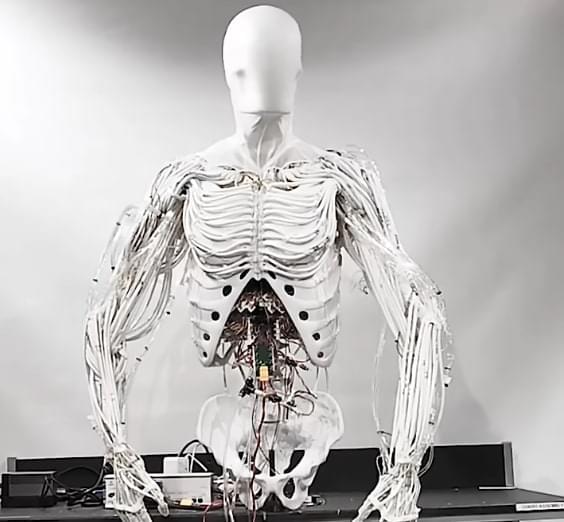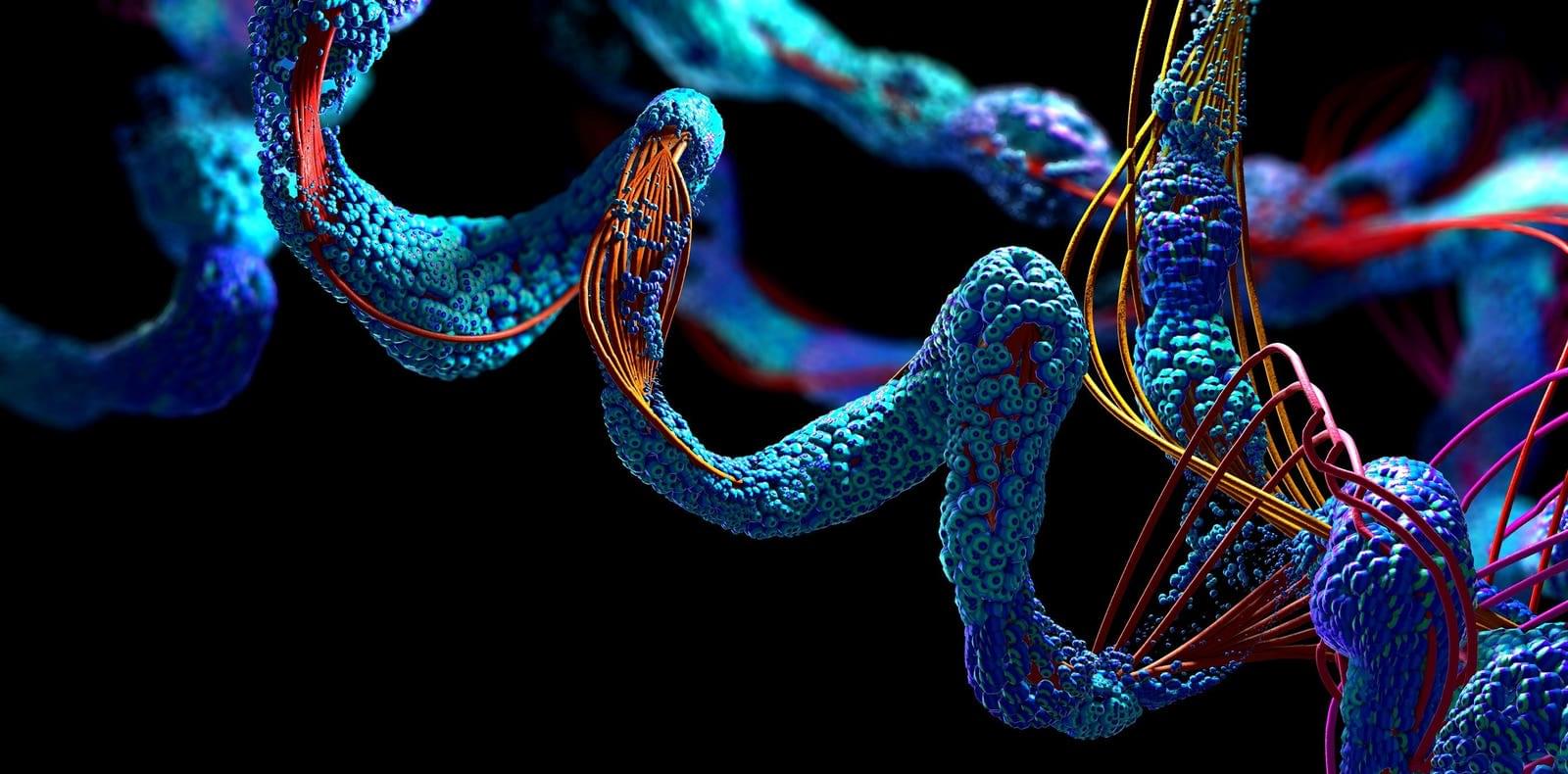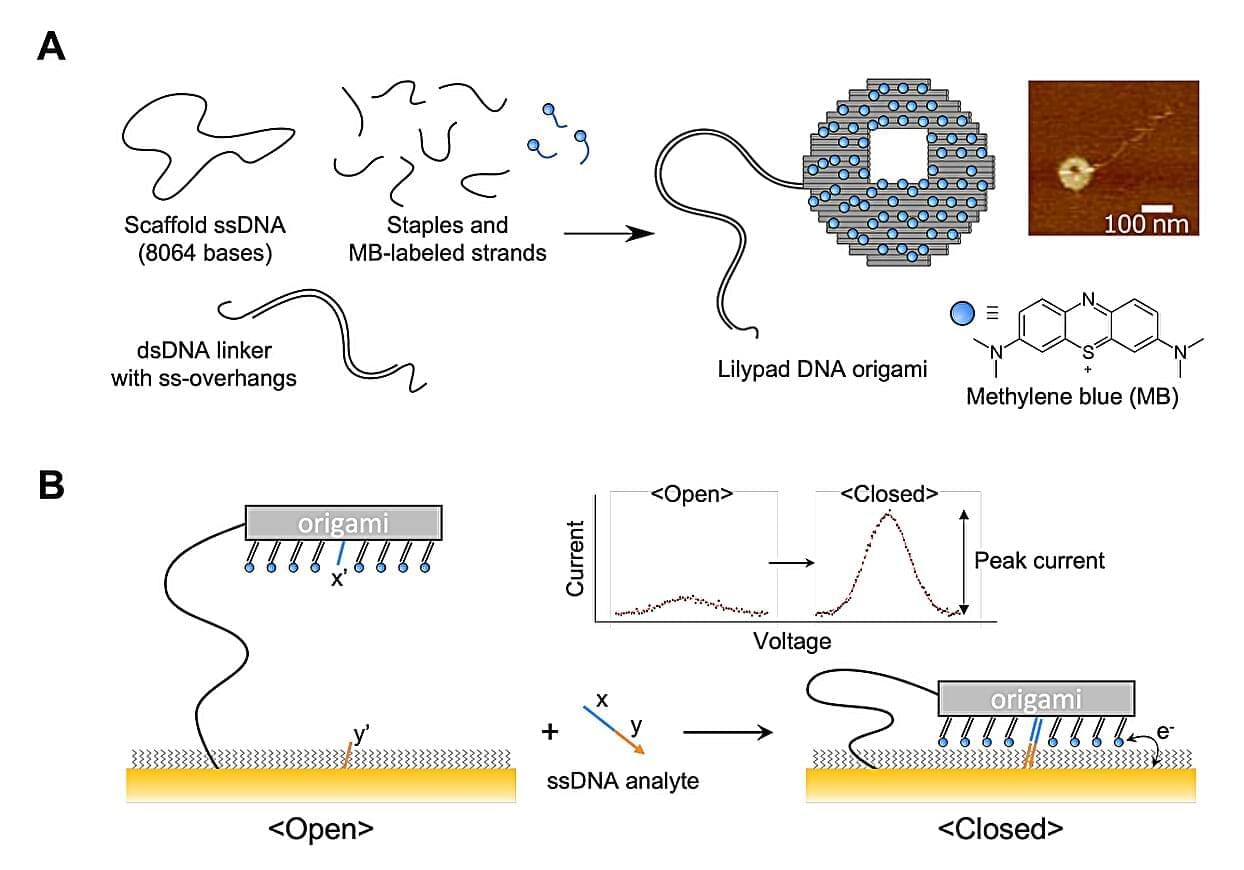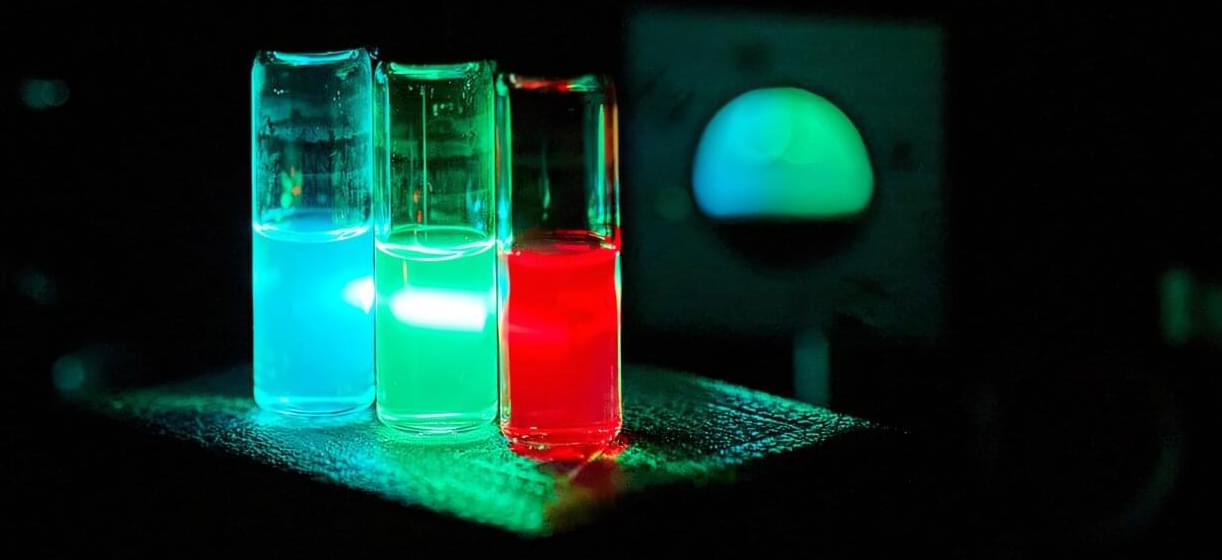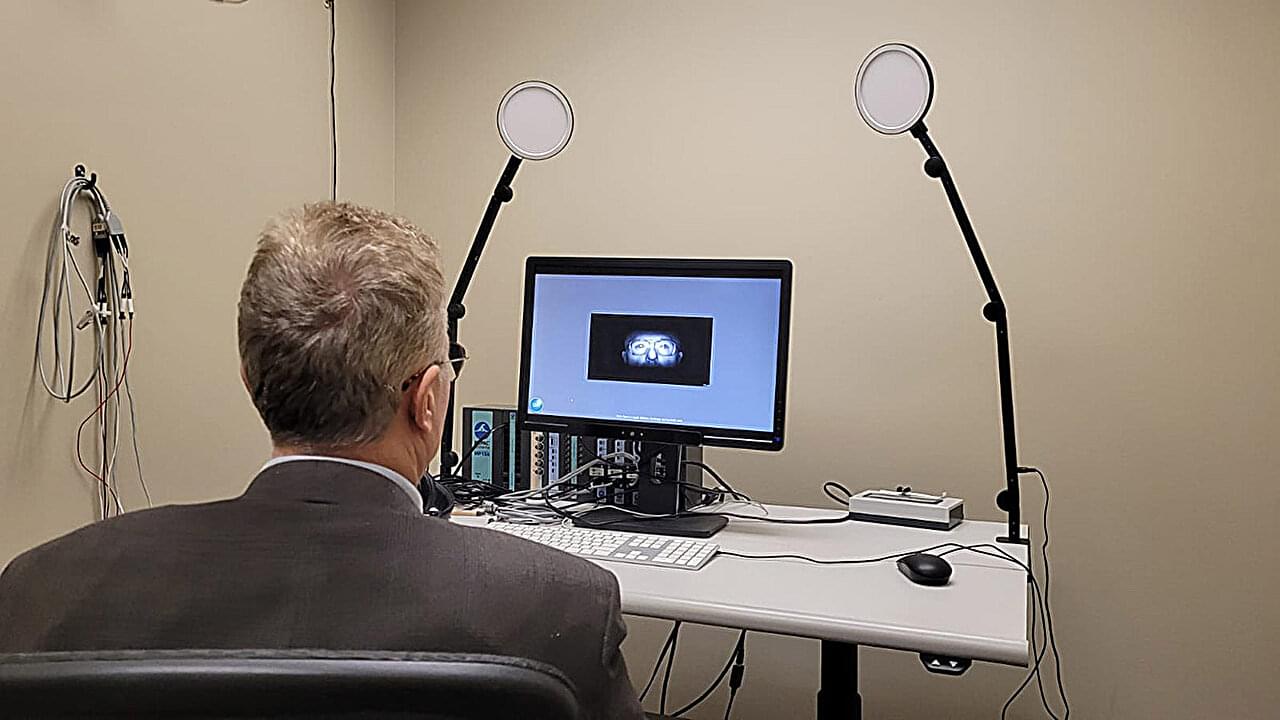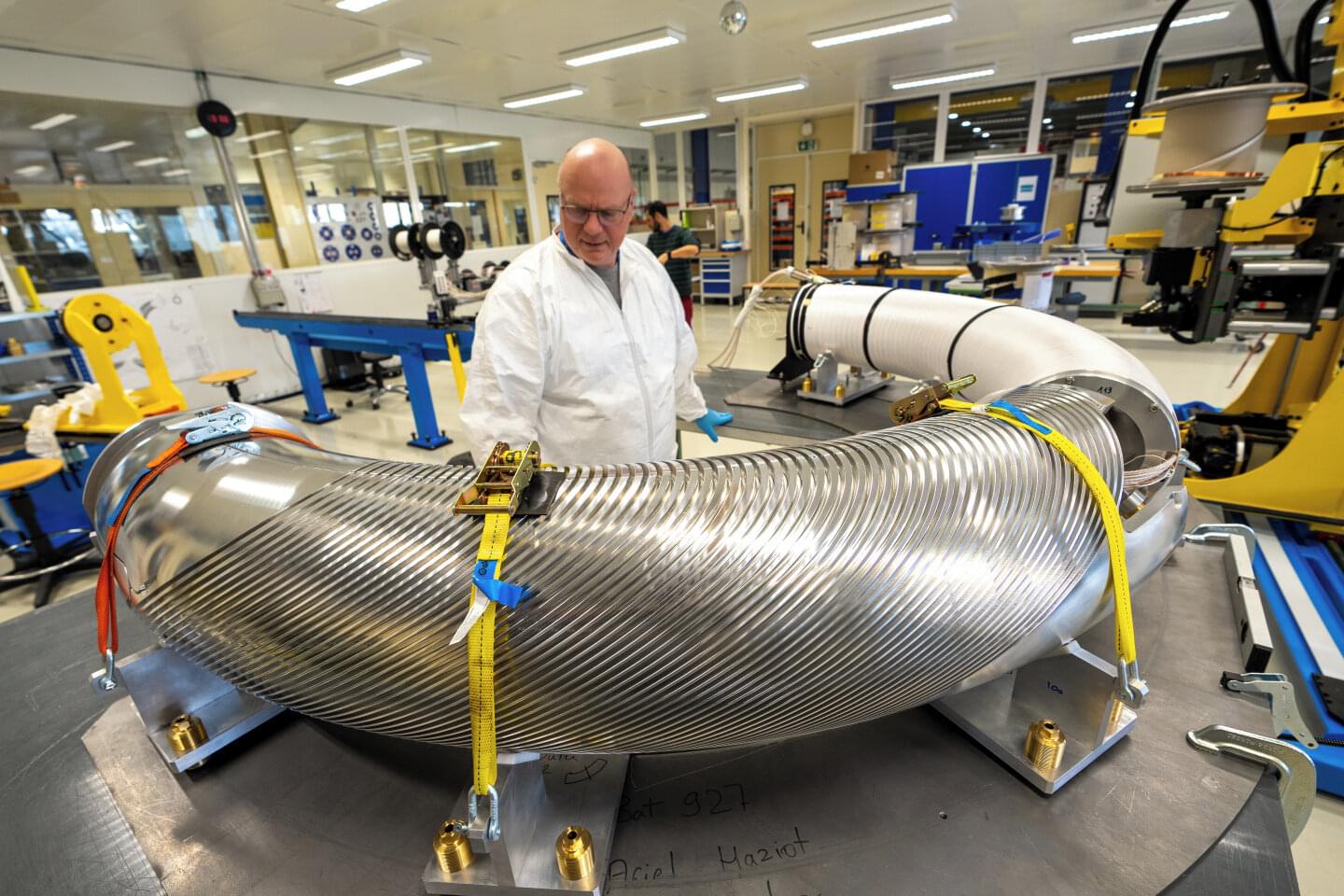Researchers from HSE University and the London School of Hygiene and Tropical Medicine have identified 15 core motives that drive human behavior. By examining individuals’ perspectives, preferences, and actions through an evolutionary framework, they revealed how these motives interact to shape personal habits and social relationships. Their findings are published in Personality and Individual Differences.
Psychologists have long sought to understand what drives human behavior, employing various theories to analyze underlying motivations. One of the most well-known models is Abraham Maslow’s hierarchy of needs, introduced in the mid-20th century. However, while many approaches emphasize the social aspects of motivation, they often overlook its evolutionary foundations.
A group of researchers at HSE University and the London School of Hygiene and Tropical Medicine proposed analyzing human behavior motives from an evolutionary perspective. In the proposed framework, all motives are viewed as evolutionary adaptations that enhanced early humans’ ability to survive in their environment and continue to influence behavior today. The scientists proceed from the premise that if certain evolutionary mechanisms once triggered specific behaviors, the underlying motives can be identified using standard psychometric techniques.
